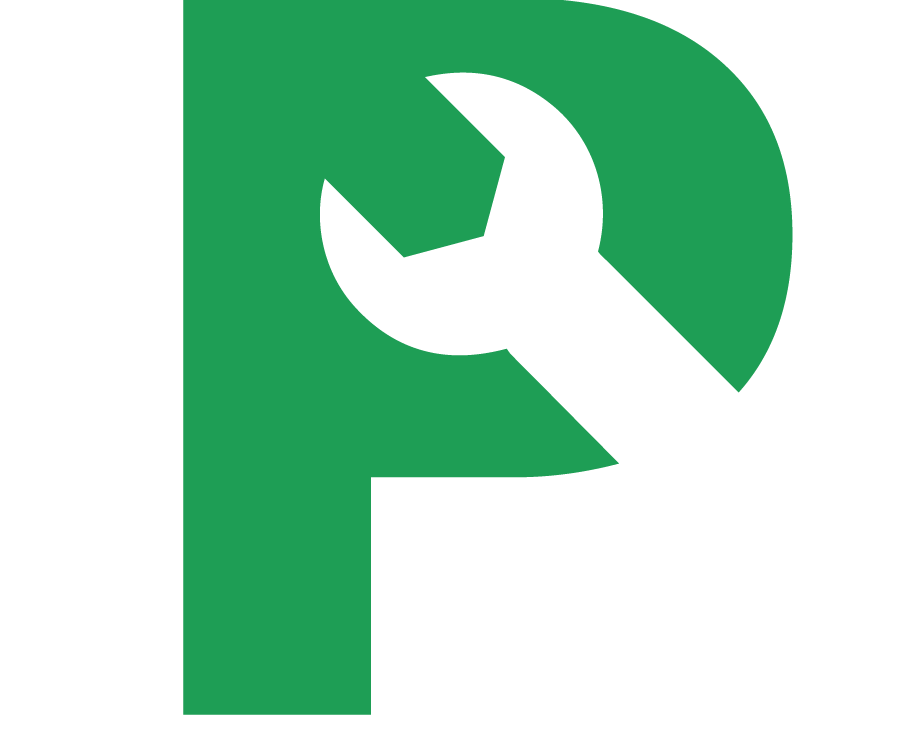…but what skills are *underneath* building and selling?
Photo by Alexander Hafemann on Unsplash
So many things in life are best explained with an iceberg analogy, and this is no different. If building and selling are above the water, what’s underneath?
When you go behind the scenes of building and selling, I believe there are some shared core skills at play.
Communication
This is a softball answer but hearing the word “communication” being thrown around in every meeting and review can make you deaf to it, and I want to reiterate it here for good reason.
Building with a team requires collaboration and effective communication is essential for ensuring everyone is on the same page and working towards the same goals. Sounds simple, but it's amazing how easy it is for different people to have different ideas about what the goal actually is). Good “inward” team communication feeds strategy. And good communication also means being able to communicate with stakeholders (investors etc) about your progress, plans, and vision for the future. Even if you are flying it alone, you might have a team of contractors around you helping to build and/or sell. When in doubt, always err on the side of over-communication. Clarity is kindness and clarity brings confidence.
Selling, on the other hand, could be seen as being “outward”, communicating the value of your product or service to potential customers. This includes being able to understand their needs and pain points and articulating how your product or service can solve their problems or make their lives better. You know, “painkillers and vitamins”-type stuff. It’s vital to be able to convey the benefits of your product in a clear and compelling way, and address any objections or concerns they may have as soon as possible. Good communication is key to building trust with your customers and closing sales.
Problem-solving
This is another classic of the “over-used terms” genre, but it’s vital. At their core, both building and selling are about identifying and solving problems. That’s it and they take different forms in each skill.
With building, obstacles appear such as technical difficulties (”Is this the correct tech stack?”), design challenges (”Is this as friction-less as possible?”), or logistical issues (”Can we actually provide this as we promised?”). This skill further breaks down into a process of clarifying the problem (”Is this really the problem?”), gather relevant information (”What else impacts this problem, and what else does this problem impact?”), brainstorming potential solutions, and evaluating them to determine the best course of action. (Of course, sometimes problem-solving is just a case of “Let's try this…” :) )
With selling, problem-solving can actually be started ahead of time, by envisioning what a customer might be thinking or feeling ahead of time, and preparing for that. It’s called a premortem. Overcoming objections or roadblocks during the sales process is the “live” part, requiring a heavy dose of listening. The combination of listening and asking good questions can help you figure out the root of the problem, to understand your customer's concerns, and propose solutions that address their specific needs. (And sometimes realising that what you have can't help them after all!). Such problems are great feedback. “Customer problems” are really just hidden stores of value yet to be mined.
Creativity
Ok ok…the word “creativity” has also seen some heavy usage over the past while, but it’s still the best way of capturing the “adjacent possible” in the real world.
When building products, it’s easy to see “creativity” as being the way to design new or better features, but in practice, it’s often the way most people problem-solve (see above). I've seen product teams get creative with how they run an all-hands meeting, and I’ve seen solo bootstrappers get creative with their SaaS pricing strategies. An interesting thought experiment I sometimes run with people is to replace the word “creativity” with the word “efficient” e.g. “Whats the most efficient way we can solve problem X?” because we rarely have all the time or money we need.
With selling, creativity helps with everything from product differentiation to creating unique value propositions that resonate. A sales playbook almost never survives direct first contact with the world, but creativity is what enables it to morph and grow into real value. While a static sales page might require a ton of upfront creative effort, a sales conversation might involve some on-the-fly creative responses.
Adaptability
“Everyone has a plan until they get punched in the mouth.” - Mike Tyson
I'm including this here because…problems happen. And we don't like to talk about problems, especially when we are starting out. The likelihood of things not going to plan is close to 100% and the ability to adapt to changing circumstances is crucial in both building and selling. (It’s why Zig Ziglar included it as its own step in his famous 7-step goalsetting framework)
In building, we see this when companies might “pivot” to a new approach (or an entirely new product), or when they need to adjust their product roadmap or strategy upon encountering unexpected challenges or if the market (or the world - Covid anyone?) changes.
In selling, adaptability might mean modifying your marketing and sales approach to better align with the revealed needs and/or preferences of your customers.
Digging deeper again, underneath “adaptability” are the skills of being open to feedback, being willing to learn from mistakes, and being able to think on your feet. Being adaptable can mean the difference between success and failure in both building and selling.
Resilience
Going a little deeper, resilience is the ground-floor ability to just keep going even when faced with difficulties. Just as the sun will rise tomorrow, difficulties will happen. Building and selling both involve risk and uncertainty, and setbacks are inevitable. Whether you're building a product or selling it, you need to have the resilience to push through the tough times and keep moving forward.
With building, there could be technical challenges, team challenges or design challenges. But it’s probably in the field of selling that the ability to be resilient will pay the most dividends. Selling anything, you will encounter rejection and/or objections from potential customers. The trick is to see setbacks as opportunities to learn something and grow your understanding, and use them to make your product or sales approach even better. The algorithm is remarkably simple:
Keep taking steps forward.
If it’s going well, great!
If not, what are you learning?
See Step 1.
Building and selling are learnable skills. And yet these 5 underlying skills might be where the real value is at.

